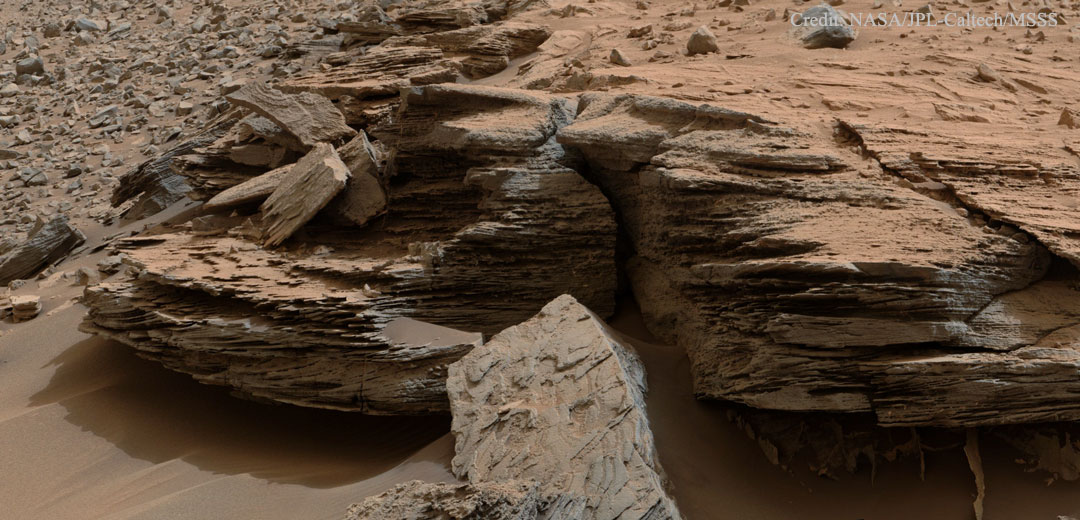Well I guess everybody's already heard of the problems encountered by the Philae lander when it landed on the comet last week. It's in a shadow that prevents its batteries from charging up sufficiently. Things might improve when the comet veers closer to the sun in the months ahead but for now information gathering is minimal.
Even so we're still getting good data from the parent ship, the Rosetta orbiter. So far the data seems to support the argument by some that the Earth's oceans did
not come from collisions with icy comets. Our oceans seem to lack sufficient quantities of a trace element that's thought to be contained in cometary water.
BTW, why do so many comets contain surfaces that look like they were smoothed over with a palette knife?
Above, Mimas...a moon of Saturn. It's thought to consist mostly of water ice with a small amount of rock, making it a sort of huge, dirty snowball. A recently detected wobble is believed to indicate an internal sea of liquid water. Does this add another moon to the list of possible sites for life? Probably not. The moon just barely holds together.
Thinking about Mimas reminds me how much has changed in planetary science in the last few years. Do you remember all those TV documentaries about the so-called Goldilocks Zone? Well, that may be an obsolete concept now. Liquid water is assumed to exist on certain internally heated moons of Saturn and Jupiter, which are way outside of our own Solar System's Goldilocks Zone. Even rogue gas giants that exist between stars might conceivably contain moons with liquid water.
Here's something I didn't know about til I just saw a TV documentary about it: our galaxy is in the final stages of a collision with a dwarf galaxy named "Sagittarius." As I mentioned in an earlier post, we're already slowly absorbing two dwarf galaxies called The Magellanic Clouds, but with few noticeable effects so far. Not so with Sagittarius. Sagittarius has had a big impact on us.
In 2011 astronomers announced that our galaxy may not always have been a pinwheel. Our spiral arms might have been created by brushes with Sagittarius, as shown in the simulation above. If so, that was good luck for us because it drew the material that made up our sun from the toxic radioactive environment closer to the galactic center.
Above is a nearby flat galaxy seen edgewise. Our own galaxy is thought to be similarly flat, perhaps because of the influence of Sagittarius.
The collision is nothing to worry about. It's been going on for a long time and it's effects may have mostly played out. I say "may" because Sagittarius is thought to contain unusually large amounts of dark matter which have now been dumped into our galaxy with unknown results.
We continue to learn more about the super massive black hole (SMBH) in our galaxy's center. Here's (above) a computer generated picture showing the gravitational lensing effect of that black hole on the surrounding space.
Currently our SMBH is surrounded by a large spinning gas cloud. After a period of relative calm our central black hole is evidently feeding again, voraciously.
Our central black hole is amazingly powerful. Here we are, far out on a spur on a spiral arm and we're orbiting Sagittarius A Star...that's the name of our central black hole... at a speed of 500,000 miles per hour!
'Just one more picture and I'm out of here. Those tadpoles in the center of a nearby nebula (above) are thought to be new stars in the process of forming. That's a more rare event than I'd previously thought. Our galaxy is older than most and most of the star formation that's going to occur here has already been done. That's actually a good thing because a galaxy full of new stars would be intensely radioactive and hostile to life.






















































